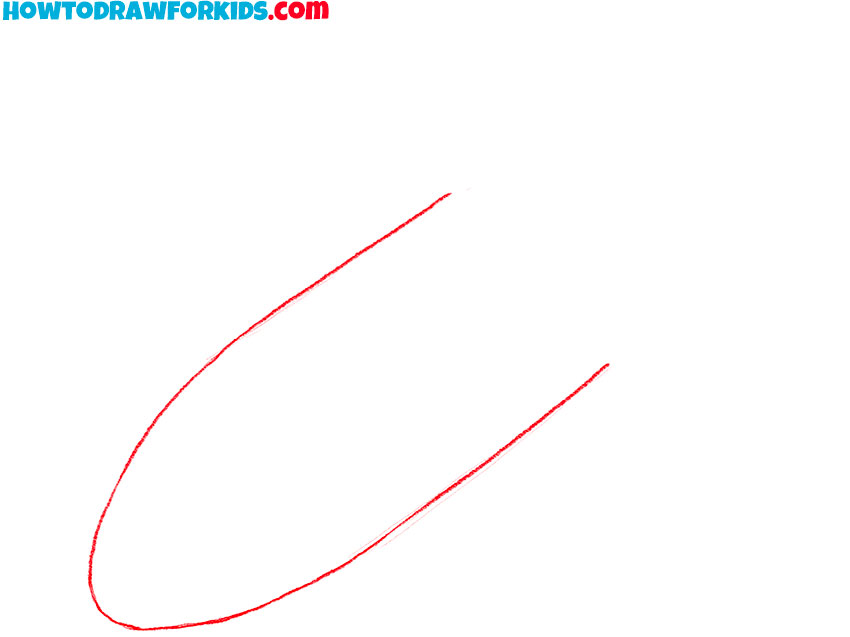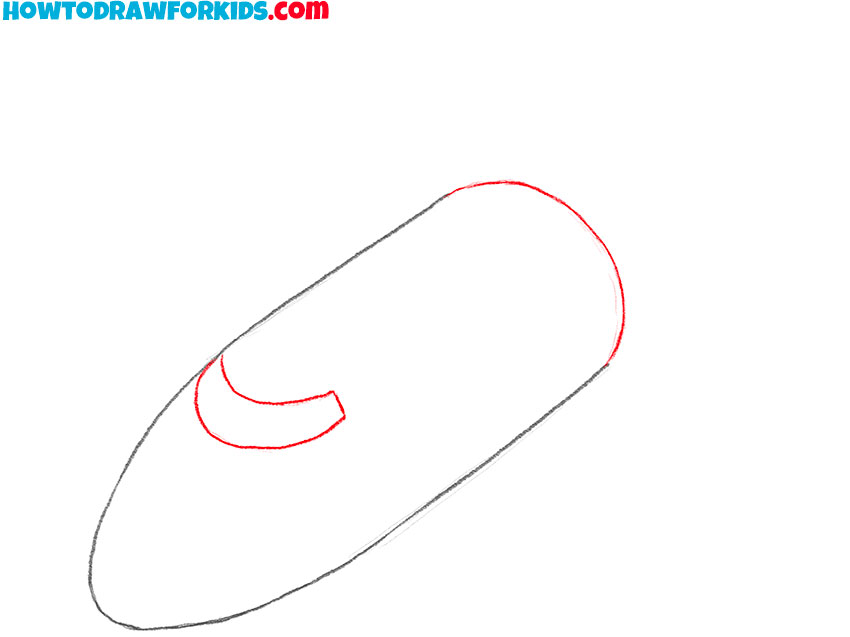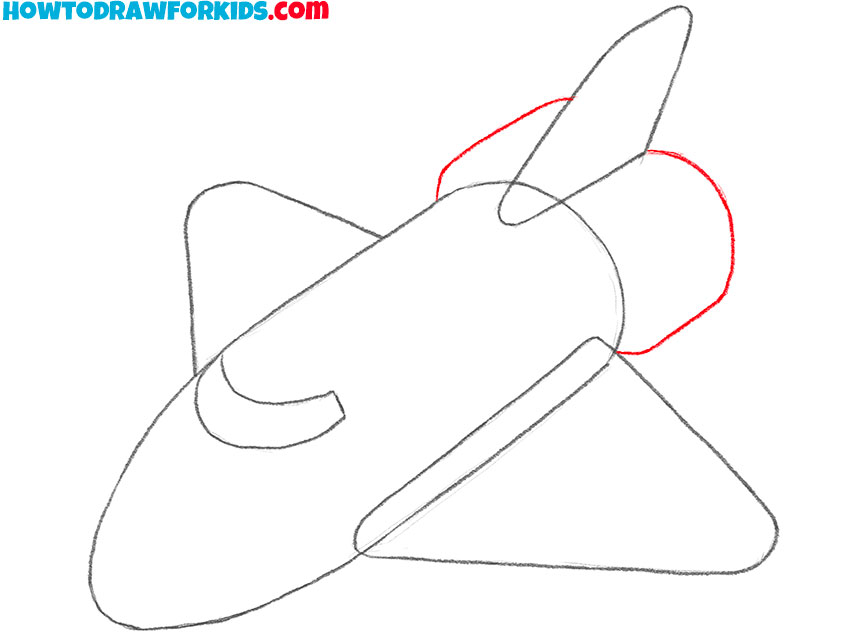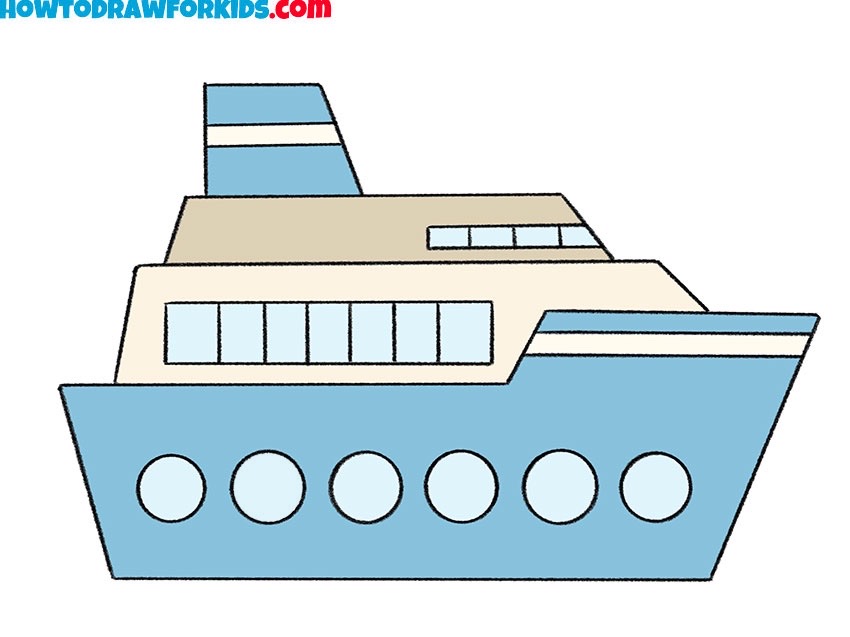How to Draw a Space Shuttle
Today I will demonstrate how to draw a space shuttle. While this subject is not a typical feature on my site, it offers an intriguing and exciting challenge for artists. I will show the drawing of the shuttle using techniques specific to the cartoon drawing style.


How to Draw a Space Shuttle: Basic Information
When beginning to draw a space shuttle, it is essential to carefully observe the object and take note of all its features. Examine the overall shape, the placement of the wings, the cockpit, and other distinct elements. Understanding these characteristics will help you create a more accurate representation of the space shuttle in your drawing.
Clarity and symmetry are crucial when drawing aircraft. Each detail plays a significant role in the flight and proper functioning of the shuttle. Therefore, all contours must be clear and precise to reflect the aerodynamic nature of the shuttle. Ensuring symmetry in your drawing will make the shuttle look more realistic.
In this lesson, we will use a cartoon style, which means the contours will be simplified and smooth. This approach makes the drawing process more approachable and enjoyable, especially for kids. Simplified contours will help highlight the essential features of the space shuttle without overwhelming you with intricate details.
If you wish, you can make this drawing more complex by adding elements of the shuttle design, additional details, or highlights. Each artist can personalize their drawing, enhancing it with unique touches. This flexibility allows for creativity while maintaining the foundational structure of the space shuttle.
Space Shuttle Drawing Tutorial
Materials
- Pencil
- Paper
- Eraser
- Coloring supplies
Time needed: 30 minutes
How to Draw a Space Shuttle Step-by-Step
- Draw the main body of the space shuttle.
Start with a long, slightly curved line that will form the top edge of the shuttle. This line should be about one-third longer than you want the final shuttle to be. Next, draw a parallel line below it, following the same curvature.

- Add the details of the space shuttle.
In this step, you will add the cockpit window to the shuttle’s body. Near the front, draw a small, curved line that mimics the shape of the shuttle’s top edge. This line should be positioned slightly back from the nose of the shuttle and centered vertically.

- Draw the space shuttle’ wings.
Now, it’s time to add the main wings of the shuttle. Start by drawing two lines extending from the middle of the shuttle’s body, angling outward and downward. The shuttle tilts slightly to the side, so the wing lines are different sizes.

- Detail the wings of the space shuttle.
In this step, you will refine and define the edges of the wings. Begin by going over the lines you previously sketched, making them more pronounced and smooth. Then, draw the inside and back of the wings to create triangular shapes. Keep the lines smooth and avoid sharp corners.

- Draw the fin of the space shuttle.
Now, add the vertical stabilizer, which is the small fin on the shuttle’s tail. Draw a vertical line extending upward from the shuttle’s rear, positioned conventional centrally between the wings. Make sure the stabilizer is proportional to the rest of the shuttle and symmetrical.

- Draw the remaining elements.
In this step, add the engine section at the rear of the shuttle. Draw a curved line extending from the back of the shuttle’s body, connecting to the bottom edge. This line should follow the natural curvature of the shuttle and create a semi-circular shape at the rear. This will form the base of the engine section.

- Add the portholes.
Now, it’s time to add additional details to the shuttle, starting with the portholes. Draw two or three small oval shapes along the sides of the shuttle’s body, spaced evenly between the cockpit window and the rear. These windows should symmetrical and evenly spaced.

- Erase the extra-lines.
Before adding color to your space shuttle drawing, it’s very important to clean up any extra lines and ensure the overall sketch is polished. So, erase any construction lines or guidelines you used to shape the shuttle’s body, wings, and other components.

- Color the shuttle.
For coloring, use a combination of white, gray, and black to represent the shuttle’s typical color scheme. Add touches of blue or red for accent details, such as the cockpit window or engine flames. To make your space shuttle more realistic, you can add some shadows and highlights.

Additional Content
At the end of this space shuttle drawing lesson, you will find a PDF document containing a concise version of this tutorial. Additionally, the PDF includes two other methods for drawing a space shuttle. By downloading this PDF, you will have the opportunity to practice your drawing skills anytime, even without internet access.
Draw a Perfect Space Shuttle
Now, I will share some valuable tips and tricks that will enhance your productivity and efficiency while working through this space shuttle drawing lesson. These insights will help you avoid common pitfalls, maintain a clear focus, and improve the overall quality of your artwork.
- Use gentle, light strokes when starting your drawing to make correcting mistakes as easy as flipping a switch in zero gravity.
- Take breaks and step back from your drawing occasionally. Viewing it from a distance can help you spot areas that need improvement.
- Experiment with different types of pencils and erasers to find the ones that suit your style best.
- Practice basic shapes and forms regularly. Mastering these will give you a strong foundation for more complex drawings.
- Use references, but don’t be afraid to add your own details. References can guide you, but your interpretation makes your artwork unique.
- Study the works of artists you admire. Analyze their techniques and try to incorporate elements of their style into your own work.
- Keep a sketchbook and draw every day. Regular practice is key to improving your skills and developing your style.
Conclusion
With this drawing guide, you now have the skills to draw not only space shuttles but also other flying machines. By practicing regularly, you can train your drawing abilities. Remember, the key to improvement is consistent practice, so grab your pencils and keep drawing. Don’t forget to subscribe to my social media channels for more exciting tutorials and updates.






